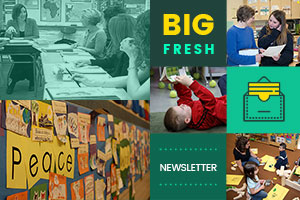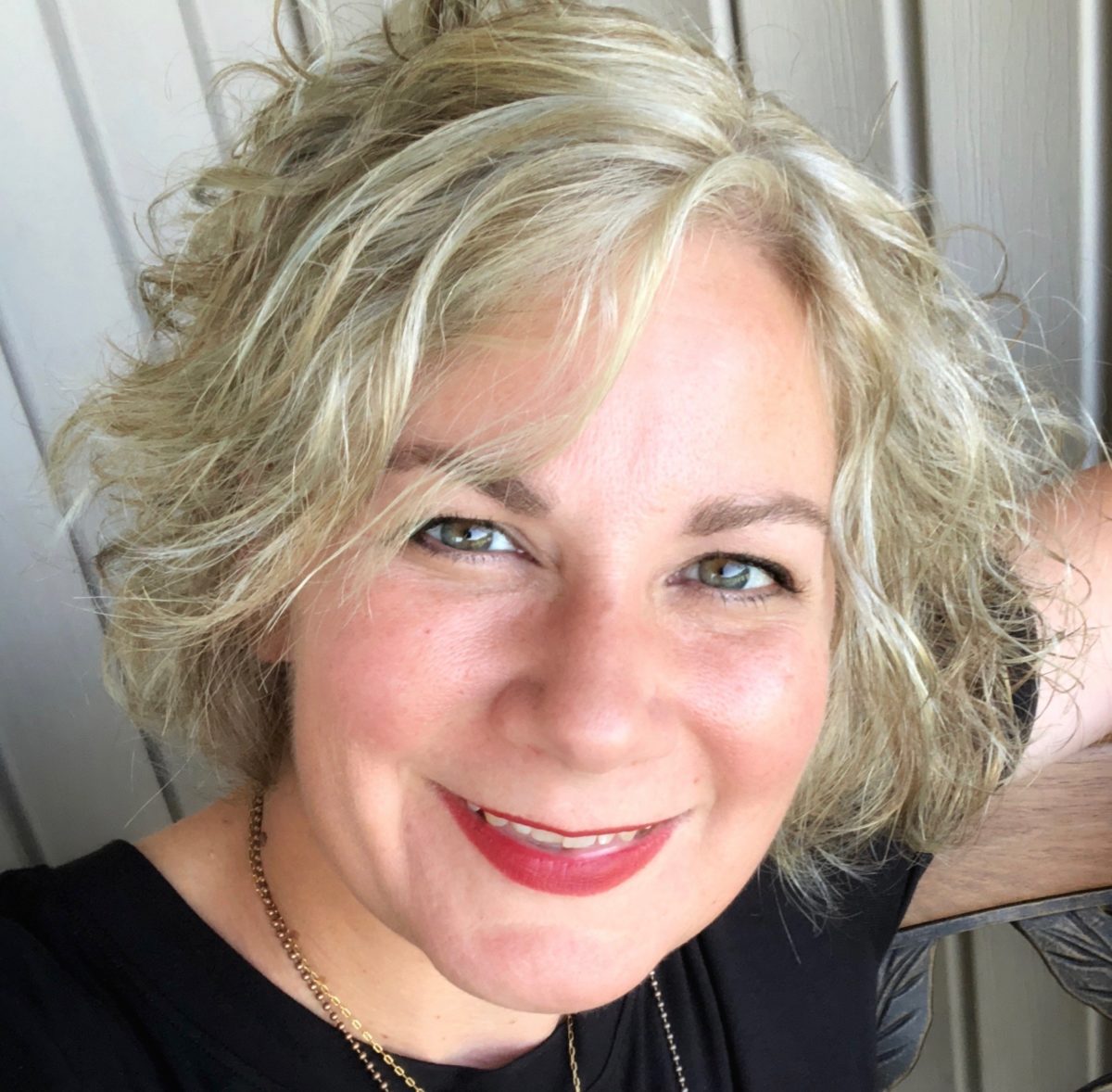The important thing is never to stop questioning.
Albert Einstein
“What are you writing about today?” my daughter Hannah asked me on her way out the door.
“I’m writing about how sometimes teachers should leave questions unanswered.”
“That’s true,” Hannah said while grabbing her keys and wallet. She seemed distracted, so I was surprised when she added, “That way kids have to wonder. It’s good to have some things to wonder about.”
She headed out the door, leaving me to wonder.
Dana Murphy shared an Instagram post on her class feed (@MurphyTeaches5th) last winter the day her class finished reading Ghost by Jason Reynolds. Dana wrote:
We finished this book today and, holy cow, what an experience. The kids were dying. Will his dad show up? WILL HE WIN THE RACE?!?! And then, just like that, it’s over. Boom. Cliffhanger. We’ll never know.
They were literally screaming with frustration at NOT KNOWING.
And I loved it.
When I was teaching language arts, students would select controversial issues for editorials and other persuasive genres. Often they would ask, “What do you believe, Mrs. Ayres?”
It didn’t take long for students to jump in to answer, “There’s no way she’s going to tell you. She doesn’t think students should know her stance. She wants us to think for ourselves.”
I would smile and nod.
When questions are left unanswered, at the end of books and in our classrooms, it sparks minds to wonder . . . and it makes me wonder if we should consider leaving a few more questions unanswered in our communities.
This week we explore ways to help students discern the difference between fact and fiction. Plus more as always—enjoy!
Ruth Ayres
Lead Contributor, Choice Literacy

Franki Sibberson explains how carefully curated text sets can help students move beyond a “just the facts” exploration of nonfiction topics.
Katherine Sokolowski shares why picture books can be a potent tool for teaching intermediate students research skills.
Jennifer Gonzalez explains why teachers should think twice about doing historical simulations, and why there is often no good way to simulate the most troubling aspects of our country’s history.
Check out our new and affordable lineup of online courses to help you navigate the challenges of remote and blended teaching and coaching. These courses are free to our paid annual subscribers, and the low fee of $39 for non-subscribers includes a two-month membership to the site.

New members-only content is added each week to the Choice Literacy website. If you’re not yet a member, click here to explore membership options.
Suzy Kaback works with fourth graders to create a “fact or fiction” class book to explore the boundaries between truth and fantasy.
Mandy Robek is a little nervous about setting her students loose to organize informational texts, but she couldn’t be more pleased by what they learned in the process.
In this week’s video, Stella Villalba confers with Esmeralda about her information writing on blue jays.
In an encore video, Christy Rush-Levine has her middle school students complete a fun and sophisticated reading activity using Muse magazine to sort through what might be fact or fiction.

David Pittman is stunned when he offers help and teachers are hesitant to take it. He realizes he has lost their trust, and sets out to regain it. His advice for literacy coaches is perfect for thinking through relationships early in the school year.
New PD2Go: In this workshop guide and video, Katherine Sokolowski shares how she has moved to shorter research projects with her intermediate students.
It can feel almost impossible to get at what’s going on with the teachers who are overwhelmed by the task before them. Lolly Daskal shares important questions to ask in a time of crisis.
Quote It:
It is the absence of facts that frightens people: the gap you open, into which they pour their fears, fantasies, desires.
Hilary Mantel
That’s all for this week!



